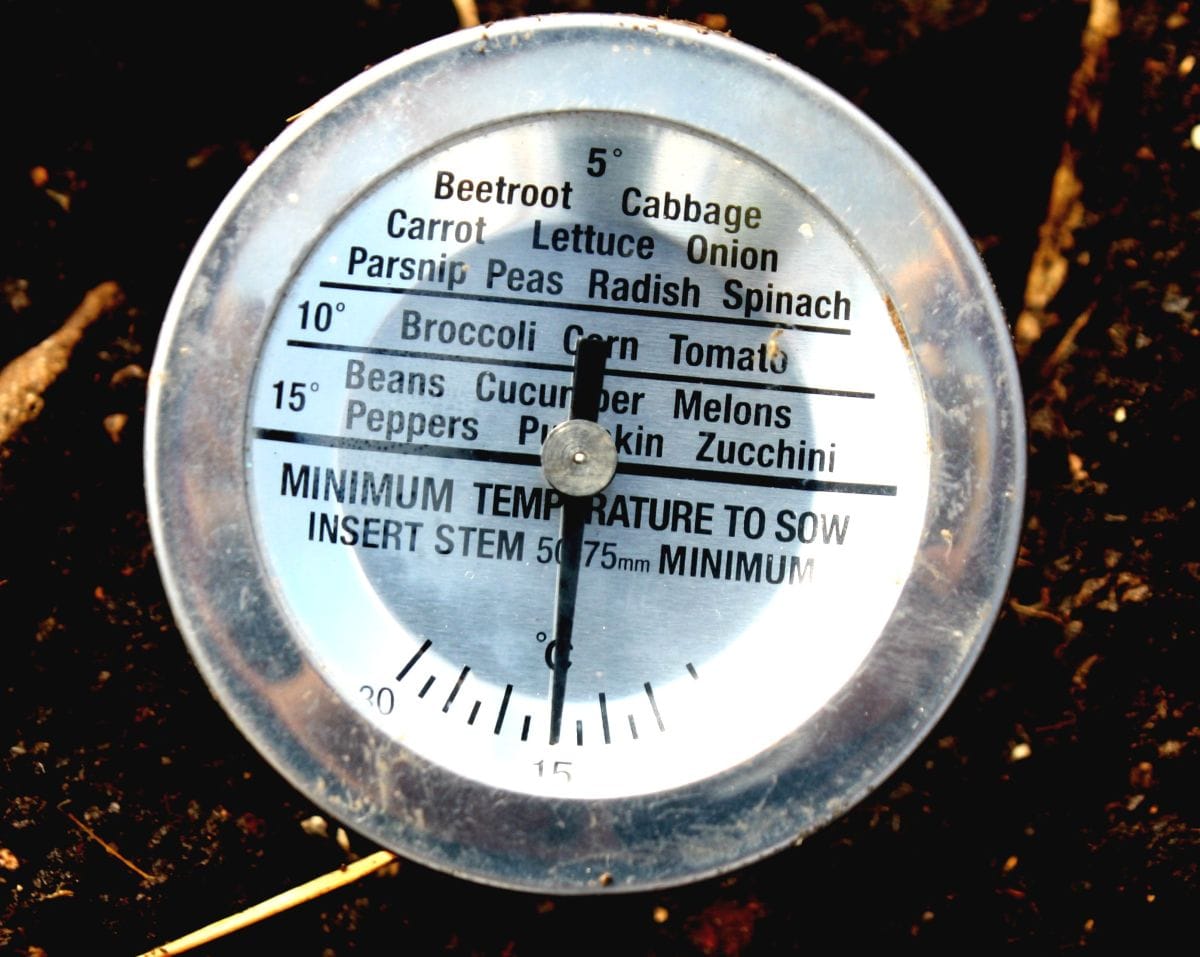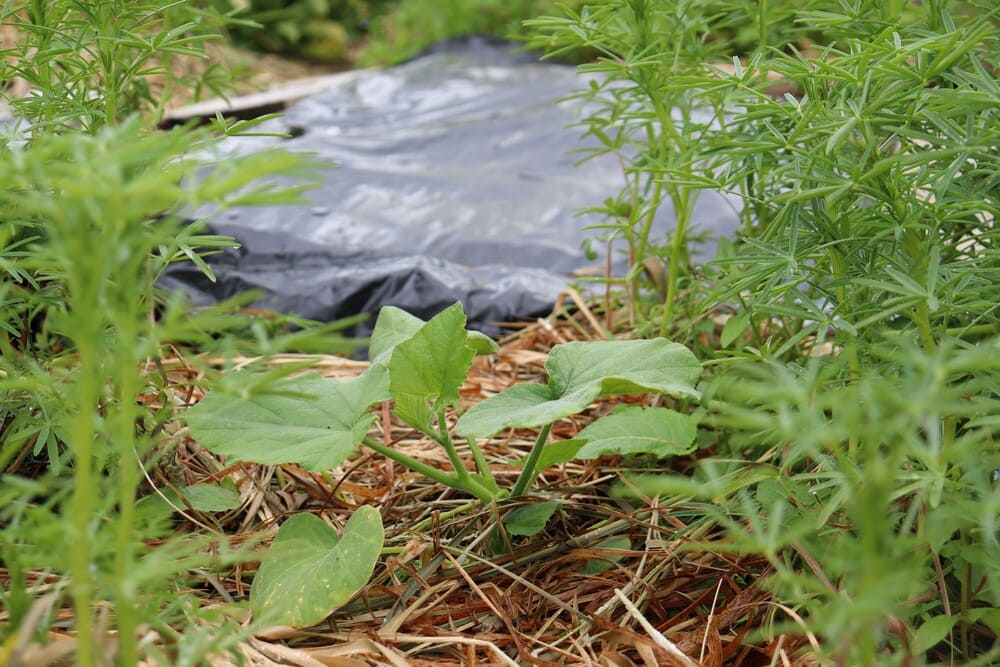The most important mission this month is planting out long term crops like kumara, yams, pumpkins and peppers – drop everything else and get them in the ground! Yams need about 6 months to fatten up, kumara and sweet peppers need 4 – 5 warm months and pumpkins 4 – 6 months (variety dependant). They all require different degrees of warmth to thrive, so if your place isn’t quite there yet, be sure to jazz up some heat for them.
With the long term crops sorted, turn your attention to the successional crops that you want to have drip fed through your kitchen all summer long. Choose your favs and the ones that best suit your climate – so very different from region to region! Friends in Dunedin have one window for planting beans and zuchinni outside, whereas in the north we can stagger plantings throughout the summer. If you’re unsure, hit up gardening neighbours. My Levin one goes something like this:
Slow and steady my gardening friends, turns your veggie patch into your veggie shop.
Sow

Direct Sow
- Rocket, spinach, coriander and saladings – all in a bit of shade. These 4 do so well tucked beneath bigger crops to cop a bit of shade once weather warms up.
- Beetroot, radish, parsnip and carrot
- Cornflower, cosmos, phacelia, crimson clover, buckwheat and calendula for living mulches around plants that need pollination. Think of your flowers like your crops – a steady succession to keep your garden buzzing.
Tray Sow
- Spring onions, sunflowers, marigolds, zinnias, geums, mignonette
- Dwarf beans, climbing beans, shellout beans, soya beans, cucumbers, zucchini, squash, tomatoes, basil, corn – into warm seed raising mix.
Direct or Tray Sow
- Dwarf beans, soya beans and basil can be direct sown if the soil is warm enough. Otherwise tray sow.
Transplant

The soil in my outside vegie patch has only just landed on 15 degrees. A week or so here and I’m good to go for planting beans. Add a few more degrees and zucchini, cucumber, corn, kumara and pumpkin will be in their happy place and thus, grow like billy-oh. The right temperature makes all the difference!
- Globe artichokes
- Red onions, spring onions, potatoes and yams
- Saladings and leafy greens – in the afternoon or morning shade if its hot and sunny at yours
- When soil reaches 18 -20° pumpkin, kumara, corn and beans can finally hit the ground
- Plant tomatoes, basil, soya beans, peppers, chillies, aubergines, zucchini, cucumbers, marigolds and melons into toasty warm soil whether that’s outside or in the greenhouse
Garner more from your space than you ever thought possible, by planting new seedlings beneath established crops. In this way you get a bit more harvest from the older crops while their young replacements get ready to take over.
November Checklist + Things to do

- Get in the habit of a daily wander to squash pests, chop and drop, whip out the odd weed, check in on new seedlings and oversee plant health.
- Weeds get going in earnest! The 2 best ways to sort them are by smothering them with mulch, or snapping or chopping the tops off. A living mulch relieves you of this task.
- Pay special attention to young seedlings, asparagus, all the alliums – onions, garlic, leeks, and small guys like saladings and strawberries. For best fertility and sanity, sort weeds while they are small, don’t let them smother your crops.
- Perpetual beet, winter saladings and parsley are heading off to seed. Let some of them go! They’ll feed the beneficial insects on the way to providing a new generation of plants for you late summer.

- Check root crops to see whether or not they need a thin. I leave beetroot and onions in little groups of 3 – 5. Carrots and parsnips I like to thin progressively as they grow – starting with a scant 1cm between seedlings. They grow better by far in community, especially while they are small. I do a quick pass over every now and then, and thin for a little more space each time.
- Check your garlic. Dig one up to see if its forming bulbs and harvest is nigh. Fresh garlic – hurrah!
- Protect all potatoes with insect mesh to keep the psyllids out.
- Set up robust frames for tomatoes and beans.
- Forage for OM (organic matter) such as cardboard, spoiled hay, manure, seaweed… Chances are your stash has dwindled with all the spring plantings. Ensure you have something to hand for side dressing and mulching summer crops.
- Make a compost pile (or four!) with all your spring clean up. Such lot of ingredient about right now. Theres nothing that will get your garden humming, like your own compost.
- If you are growing spring brassicas, here are my cabbage white butterfly free ways.
Give your seedlings the best start

A strong start makes all the difference.
- Planting a puny two-leaf seedling in the garden too vulnerable! Leave seedlings in their pots until they are sturdy enough and their roots fill the container out.
- Make the transition from the cosseted world of the pot to being planted in the garden a gradual one. Leave seedlings outside in their pots for a few days and nights to get acclimatised.
- Shelter them if the weather is still up and down at yours by planting amongst greencrops or beneath older/ nearly finished/ heading off to seed crops. Or build a make shift, protective something: an old window positioned to block the cold air, some clear plastic stapled to stakes, or a clear bottle with its bottom and top cut off + slid over top. Ensure good airflow, it doesn’t take much to modify the temperature.

A greenhouse is a high-stress environment, all that plastic and heat makes it so. It needs a bit of TLC to get through the summer. Start it off strong with healthy seedlings, best compost + worm-castings, and a living mulch for glorious soil and moisture retention that keeps plant immunity + production high.
- Leave a bit of wild in your greenhouse to provide an ongoing living mulch – the very best soil conditioner! Sow greencrops/ companions in every gap and let them flower away to entice the bees in. I use nasturtium, borage, mustard, lupin, African marigold and shoofly. Chop them back when they encroach on the crops, and drop on the soil as mulch.
- Tomatoes, dwarf beans, zucchini, melon, eggplants, chillies, basil and cucumbers are growing like rockets in the warmth. Keeping an eye on soil moisture becomes top priority – not too wet, not too dry – just right!
- Pruning greenhouse tomatoes begins. I do this to create single leaders that’ll grow up strings. The airflow is important for disease prevention, and it makes spraying and picking a dream. Delateral when shoots are young and flexible. Removing them at this stage is a bonafide way of preventing disease.

